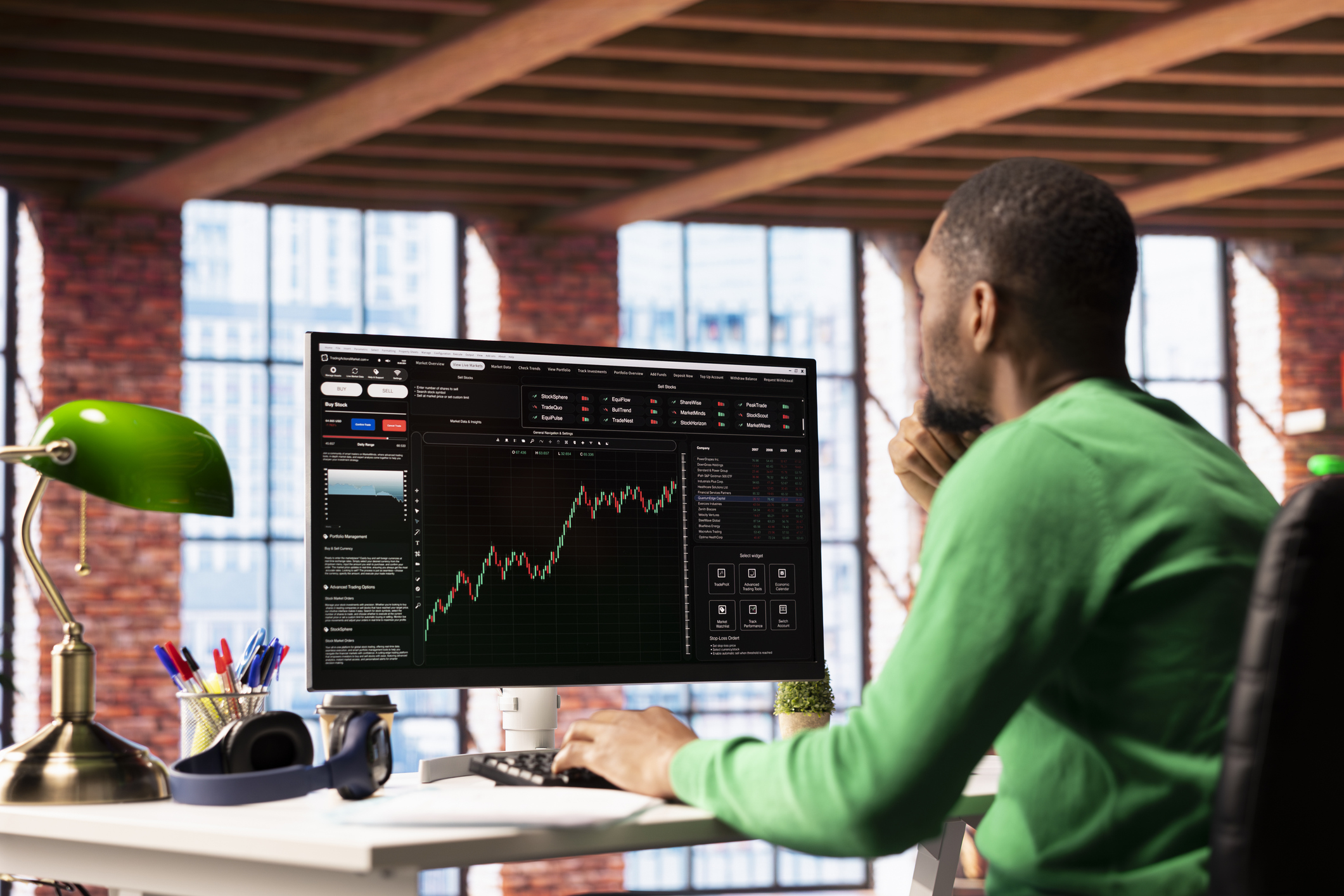Foreign investors return to the Philippines
The Philippines has recovered from a rocky year in 2013, and remains a good long-term bet.
"Global stock investors are taking a fresh look at the Philippines, and they like what they see," says Minoru Satake in the Nikkei Asian Review.
The Philippines Stock Exchange Index (PSEi) suffered a volatile 2013 as foreign investors began bailing out of emerging markets everywhere on the back of the US Federal Reserve's announcement that it would wind down its quantitative easing policies.
But an eye-catching economic performance GDP grew at 7.2% last year is starting to lure overseas investors back.
MoneyWeek
Subscribe to MoneyWeek today and get your first six magazine issues absolutely FREE

Sign up to Money Morning
Don't miss the latest investment and personal finances news, market analysis, plus money-saving tips with our free twice-daily newsletter
Don't miss the latest investment and personal finances news, market analysis, plus money-saving tips with our free twice-daily newsletter
Foreigners have been net buyers of Philippines shares every week since early February and have accounted for around half of all trading this year. The PSEi has risen more than 16% since the beginning of January and confidence is high.
It's quite a turnaround for what used to be a "laggard" stock market, says Assif Shameen in Barron's but deservedly so. The Philippines has undergone significant changes since Benigno Aquino became president four years ago and immediately embarked on a programme of economic reforms and anti-corruption measures.
Today, it is viewed in a much more favourable light internationally and its strengths are widely recognised. These include "the most favourable demographics in Asia", "a dynamic, literate, English-speaking workforce", relatively low debt, a big external surplus, fast-growing services, andbanks with a loan-to-deposit ratio of just 60%.
The economy should continue expanding at a healthy pace in 2014, say analysts at Singaporean bank DBS. Growth of 6.5% should be achievable. Whether this will be sustained over the longer term depends on whether the government manages to boost infrastructure spending to remove bottlenecks, but the signs are positive.
So the fundamentals remain encouraging. The main concern is that it is now "the most expensive market in Asia", on a forecast price/earnings ratio of more than 18. At valuations like these, some caution is needed.
But MoneyWeek is still inclined to give the market the benefit of the doubt, given the Philippines' considerable potential. There are still significant risks, but a small investment in a fund such as the db x-trackers MSCI Philippines ETF (LSE: XPHG) looks a good long-term bet.
Get the latest financial news, insights and expert analysis from our award-winning MoneyWeek team, to help you understand what really matters when it comes to your finances.
MoneyWeek is written by a team of experienced and award-winning journalists, plus expert columnists. As well as daily digital news and features, MoneyWeek also publishes a weekly magazine, covering investing and personal finance. From share tips, pensions, gold to practical investment tips - we provide a round-up to help you make money and keep it.
-
 Making financial gifts to loved ones? Write it down or risk giving an IHT bill too
Making financial gifts to loved ones? Write it down or risk giving an IHT bill tooGiving gifts can be a way to pass on wealth and reduce the inheritance tax bill on your estate but do it wrong and you could leave family and friends more than they bargained for.
-
 The top stocks of 2025 - did you pick a winner?
The top stocks of 2025 - did you pick a winner?As a chaotic year in the stock market draws to a close, we review which stocks were investors’ top picks for 2025

